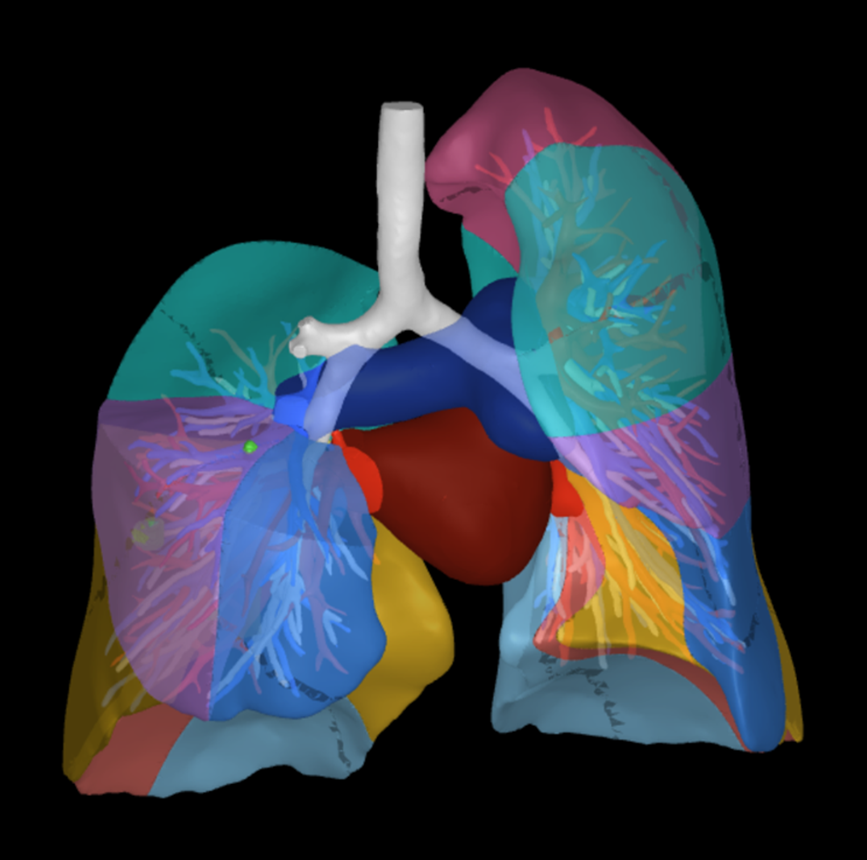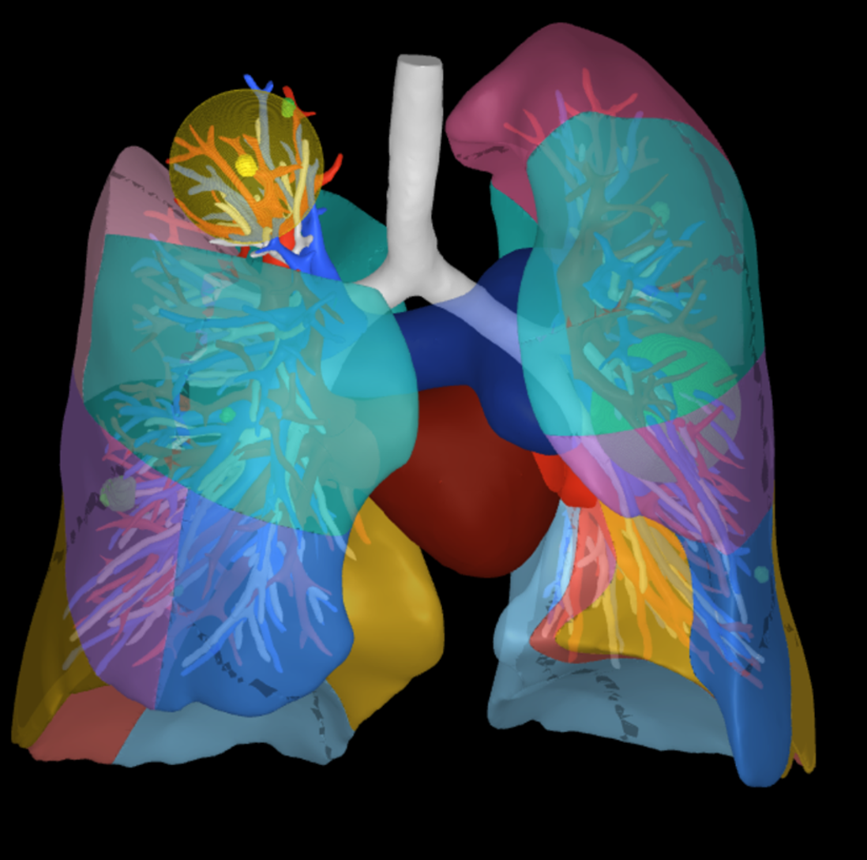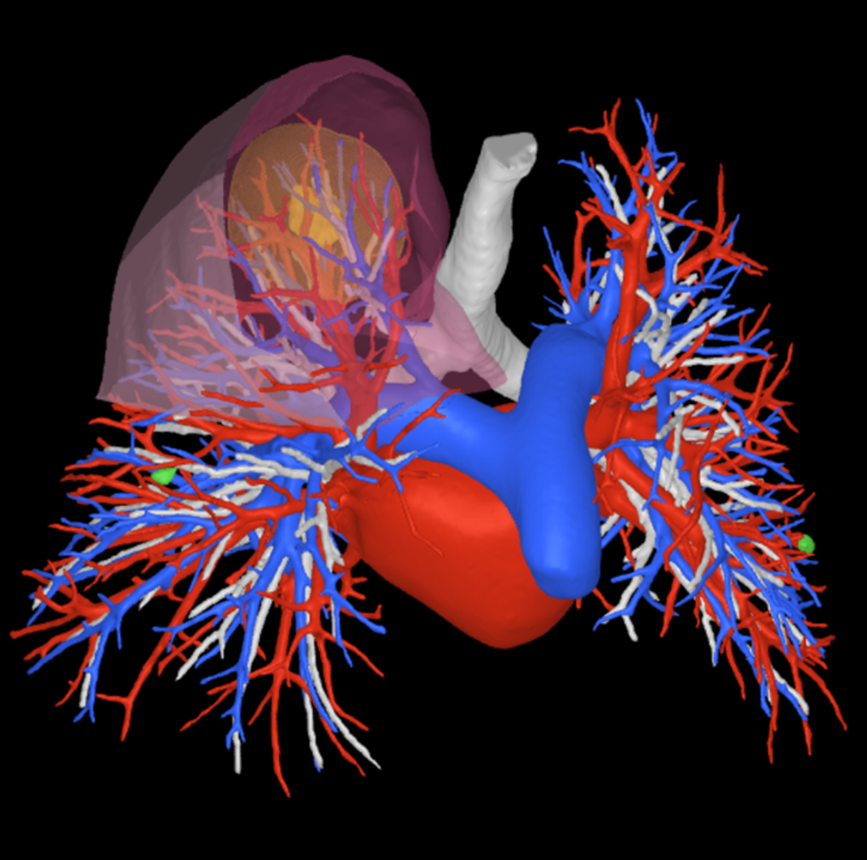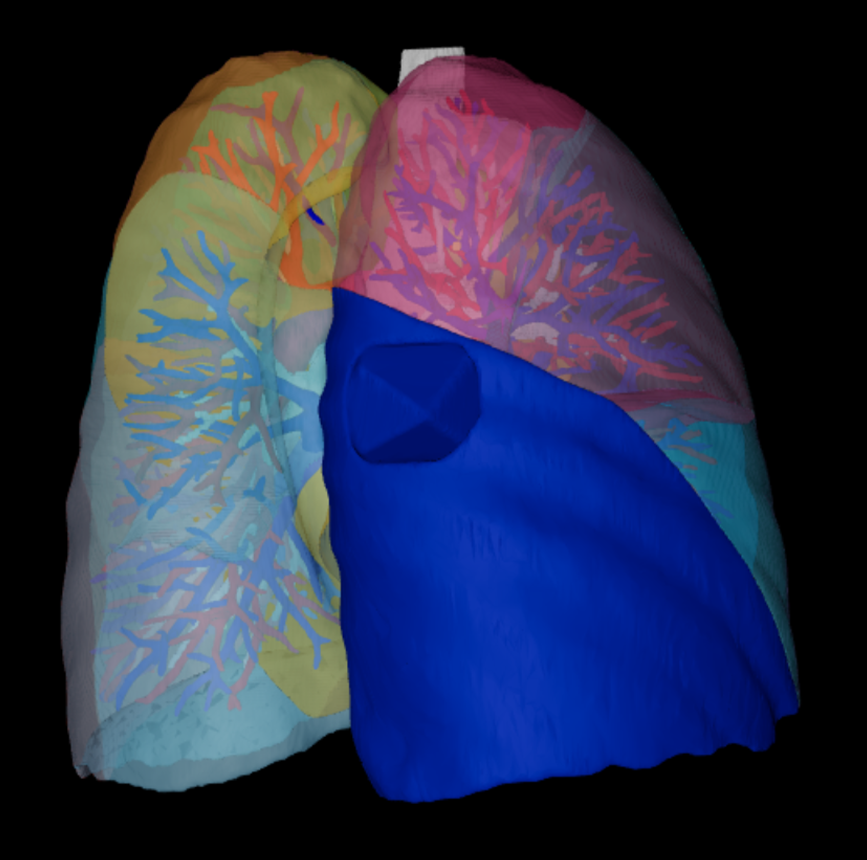
Dr. Harry, a thoracic surgeon at Tenon University Hospital in Paris, highlighted how InferVision’s 3D reconstruction system improved surgical planning, enhanced anatomical clarity, and boosted confidence—especially in complex lung resections.

“I tried InferOperate twice and both influenced my surgical decisions. In one case, I switched from a segmentectomy to bi-segmentectomy, in another case, from a bi-segementectomy to a tri-segmentectomy. In the first case, the originally planned surgery of a single segment could not guarantee safe resection distance. In the second case, the patient had an anatomical variant which couldn't be easily identified from the CT scan. However, the variant was well displayed in the InferOperate 3D reconstruction and helped change my surgical plan.”


World’s first MRMC clinical trial in thoracic surgery involving AI has comprehensively validated the value of InferVision’s AI-based 3D reconstruction system across multiple dimensions, including preoperative identification of anatomical variations, surgical approach selection, planning efficiency, and enhancement of surgeons’ confidence.
Automated segmentation and 3D reconstruction of the lungs, lung lobes, lung segments, and thoracic structures—including pulmonary arteries, pulmonary veins, bronchial trees, bones, and skin—provides precise anatomical modeling and enhances the accessibility and standardization of preoperative planning.
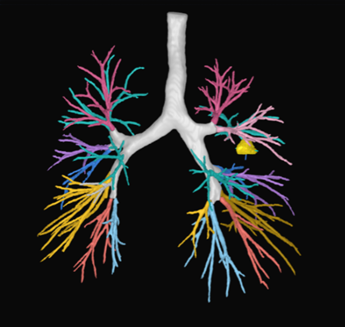
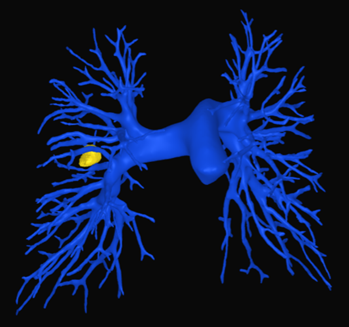

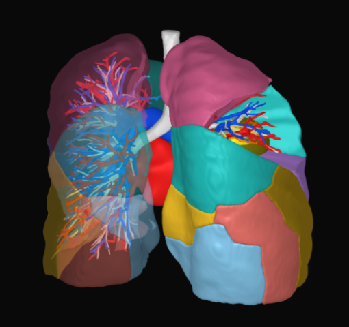





.png)
